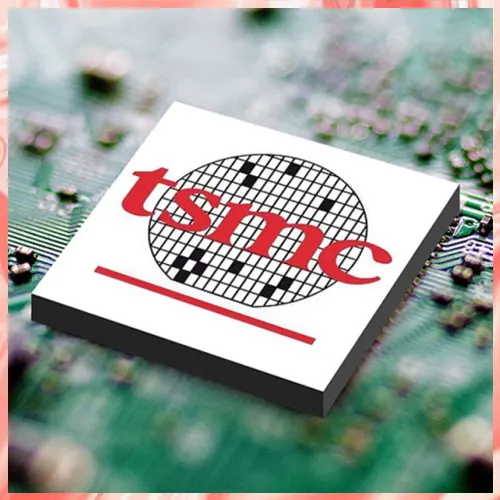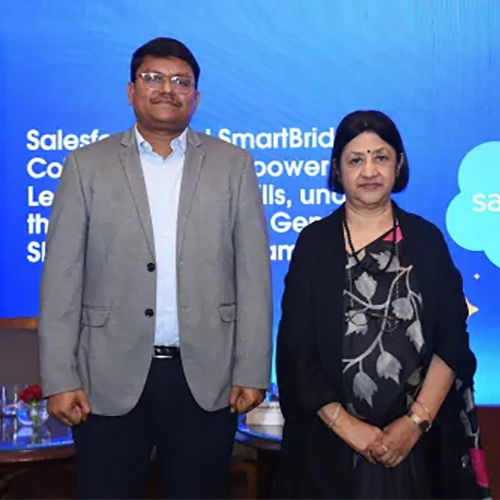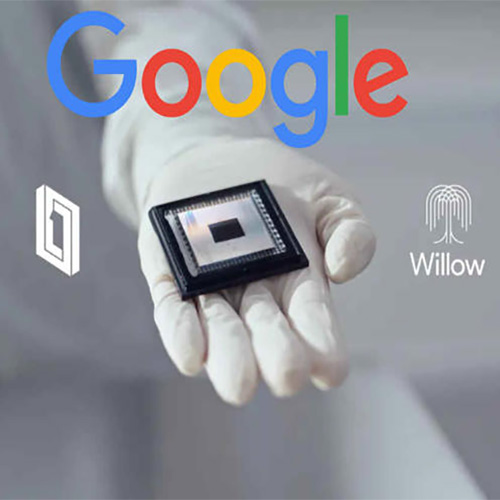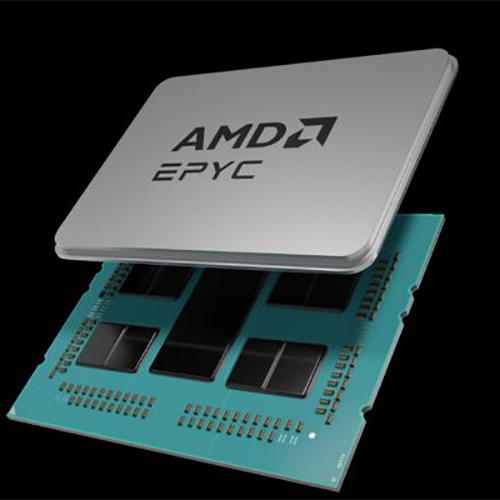
TSMC’s A14 process technology offers up to 15% faster speed, 30% reduced power consumption, and a 20% increase in logic density compared to the N2 process, enhancing AI and mobile device performance, with development ahead of schedule
Taiwan Semiconductor Manufacturing Company (TSMC) unveiled its groundbreaking A14 logic process technology at its North America Technology Symposium in Santa Clara, California. Designed to drive the next wave of AI innovation, A14 offers faster computing speeds, greater power efficiency, and enhanced capabilities for smart devices, particularly smartphones. Scheduled for production in 2028, A14 builds upon TSMC’s industry-leading N2 process, which will enter volume production later this year.
The A14 process technology is set to outperform its predecessor, the N2 process, by providing up to a 15% speed improvement at the same power consumption, or a 30% reduction in power usage for the same speed. Additionally, it achieves a more than 20% increase in logic density, making it suitable for high-performance applications like AI and advanced mobile devices. TSMC’s development of A14 is progressing smoothly, with yield performance ahead of schedule.
TSMC’s Chairman and CEO, Dr. C.C. Wei, emphasized the company’s commitment to helping customers unlock future innovations. “TSMC’s technology leadership and manufacturing excellence provide a dependable roadmap for innovation,” Dr. Wei said. “A14 is part of a suite of solutions that connect the physical and digital worlds, unleashing the potential for AI-driven advancements.”
Alongside A14, TSMC debuted a range of other advanced technologies aimed at driving innovation in high-performance computing (HPC), smartphones, automotive systems, and the Internet of Things (IoT). These solutions are designed to offer a comprehensive platform for customers seeking cutting-edge technology to power their products.
Advancements in high-performance computing
For HPC, TSMC continues to refine its Chip on Wafer on Substrate (CoWoS) technology to meet the growing demand for high-bandwidth memory (HBM) integration with logic technology. The company plans to begin volume production of a 9.5 reticle size CoWoS solution in 2027, capable of integrating up to 12 HBM stacks. TSMC also introduced its new System-on-Wafer (SoW) and SoW-X technologies, which promise to deliver up to 40 times the computing power of existing CoWoS solutions.
Smartphone and wireless technologies
In the smartphone market, TSMC unveiled its N4C RF radio frequency technology, designed to reduce power and area by 30% compared to the previous generation. This innovation supports emerging wireless standards, such as Wi-Fi 8, and is ideal for AI-powered True Wireless Stereo systems. N4C RF is set to enter risk production in early 2026, providing a crucial component for next-generation mobile devices.
Automotive and IoT solutions
In the automotive sector, TSMC is addressing the need for high-performance computing in Advanced Driver Assistance Systems (ADAS) and autonomous vehicles. The company’s N3A process technology is nearing qualification for AEC-Q100 Grade-1, meeting stringent automotive standards for reliability. TSMC’s technology will be integral to the development of software-defined vehicles.
For IoT, TSMC continues to push the limits of power efficiency with its N6e process, which is already in production. The company is advancing the N4e process to further optimize power efficiency, enabling the next generation of energy-efficient IoT devices.See What’s Next in Tech With the Fast Forward Newsletter
Tweets From @varindiamag
Nothing to see here - yet
When they Tweet, their Tweets will show up here.





























